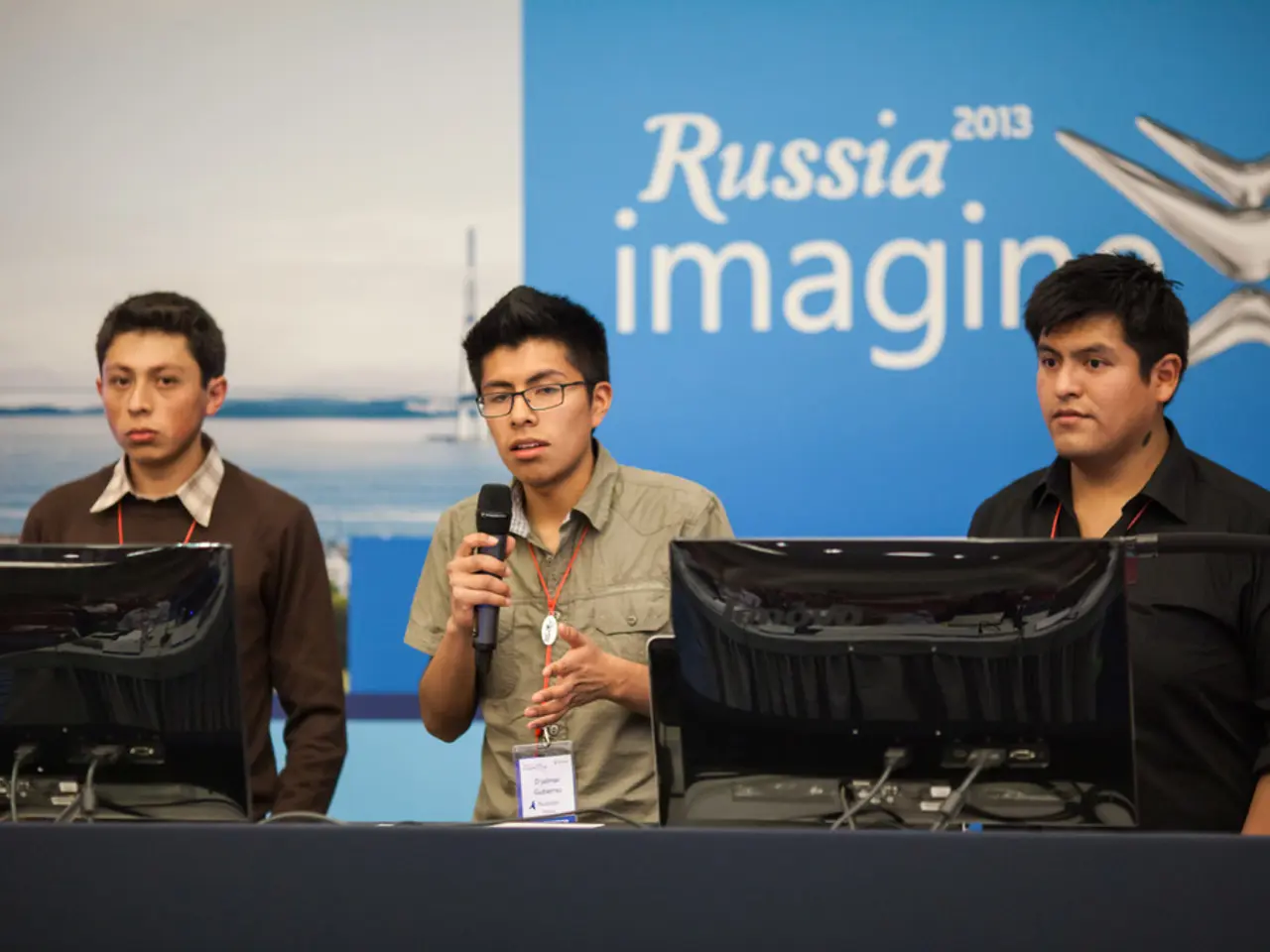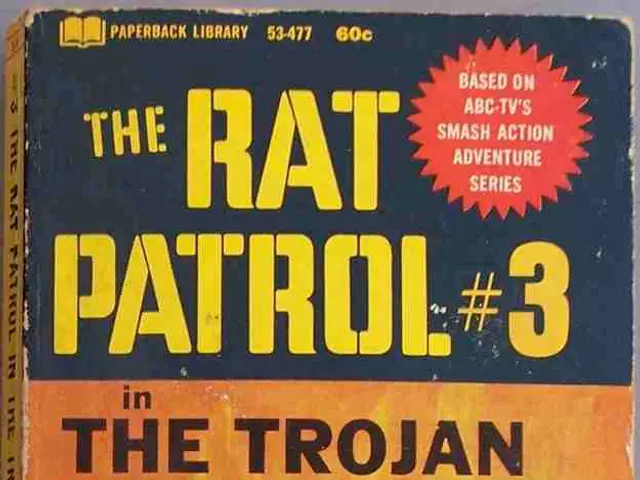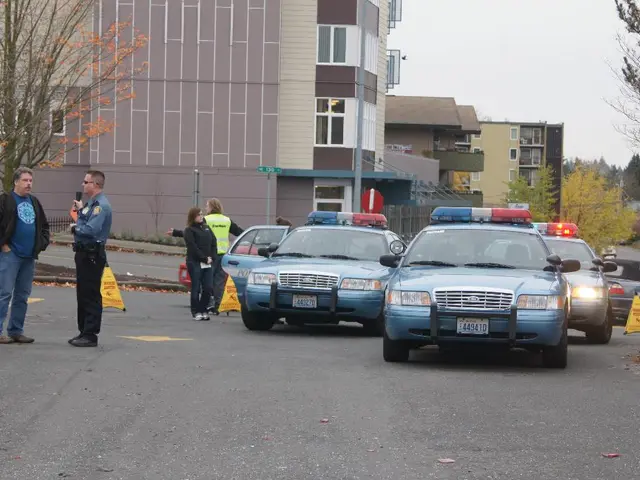Russia-Europe Conflict Looming by 2030: Old World Positions for Decisive Engagement
Europe finds itself in a period of heightened geopolitical tension, with several nations preparing for potential conflicts. Here's a breakdown of the current situation.
Ursula von der Leyen, President of the European Commission, has expressed concern about a "military gap" that needs to be filled by 2030. This comes as a response to the increasing need for defense capabilities, particularly in light of an imminent attack.
In an effort to address this issue, German and French industry flagships are anticipating significant profits in the coming years due to the ramping up of Europe's defense industry. This includes the production of equipment and supplies for the Armed Forces of Ukraine and other European countries.
Meanwhile, new bases are popping up in the Arctic and northwestern Finland, just 100 km from the Russian border. This move is part of a broader strategy by several Eastern European member states, such as Poland, Slovakia, Hungary, Romania, and the Baltic States (Estonia, Latvia, Lithuania), to increase their military spending and mobility in the EU budget period 2028-2034.
However, the situation is not without its complexities. A blockade of Kaliningrad could potentially be used as a provocation, with NATO forces stating their ability to quickly destroy the region. Similarly, the introduction of "confidence forces" into Ukrainian territory without Russia's consent could lead to a no-fly zone and war with NATO forces.
Any full physical blockade of land, air, and sea can be considered a casus belli, or a just cause for war. This is a serious concern given that Ukraine is lagging in several areas, including aviation, air defense, long-range precision weapons, and domestic artillery ammunition production.
On the other hand, Russia is also making significant military moves. The Leningrad Military District has been created to handle the problematic border section, and the capabilities of the "Oreshnik" have been demonstrated, already deployed in Belarus, along with nuclear "Iskanders". Hitting one of the "Oreshnik" at the Novaya Zemlya polygon could demonstrate Russia's seriousness in the situation.
Despite these tensions, Putin has dismissed the bellicose hysteria of the Europeans, stating that Russia has never had, does not have, and will not have the desire to attack anyone. He compared the situation to "masters of horror films, not fairy tales."
Amidst these tensions, diplomatic efforts remain crucial. The antidote to a potential war isn't just being prepared in factories and on assembly lines, but also through diplomatic efforts at international summits. European Commission President Ursula von der Leyen is touring countries bordering Russia in an attempt to foster dialogue and cooperation.
Furthermore, logistics corridors for rapid equipment and ammunition transfer are being created across Europe. Countries like Poland are constructing the "Eastern Shield" with 800 kilometers of trenches and minefields, while Estonia, Latvia, and Lithuania are building the "Baltic Defense Line" with 600 bunkers each, anti-tank ditches, and barbed wire stockpiles.
Europe could potentially wake up in the position of geopolitical outliers or even international isolation in five years if it continues down its current path. However, it's crucial to remember that diplomacy and dialogue remain the cornerstones of conflict resolution. The hope is that these tensions will not escalate into a full-blown conflict, and that diplomatic efforts will prevail.





